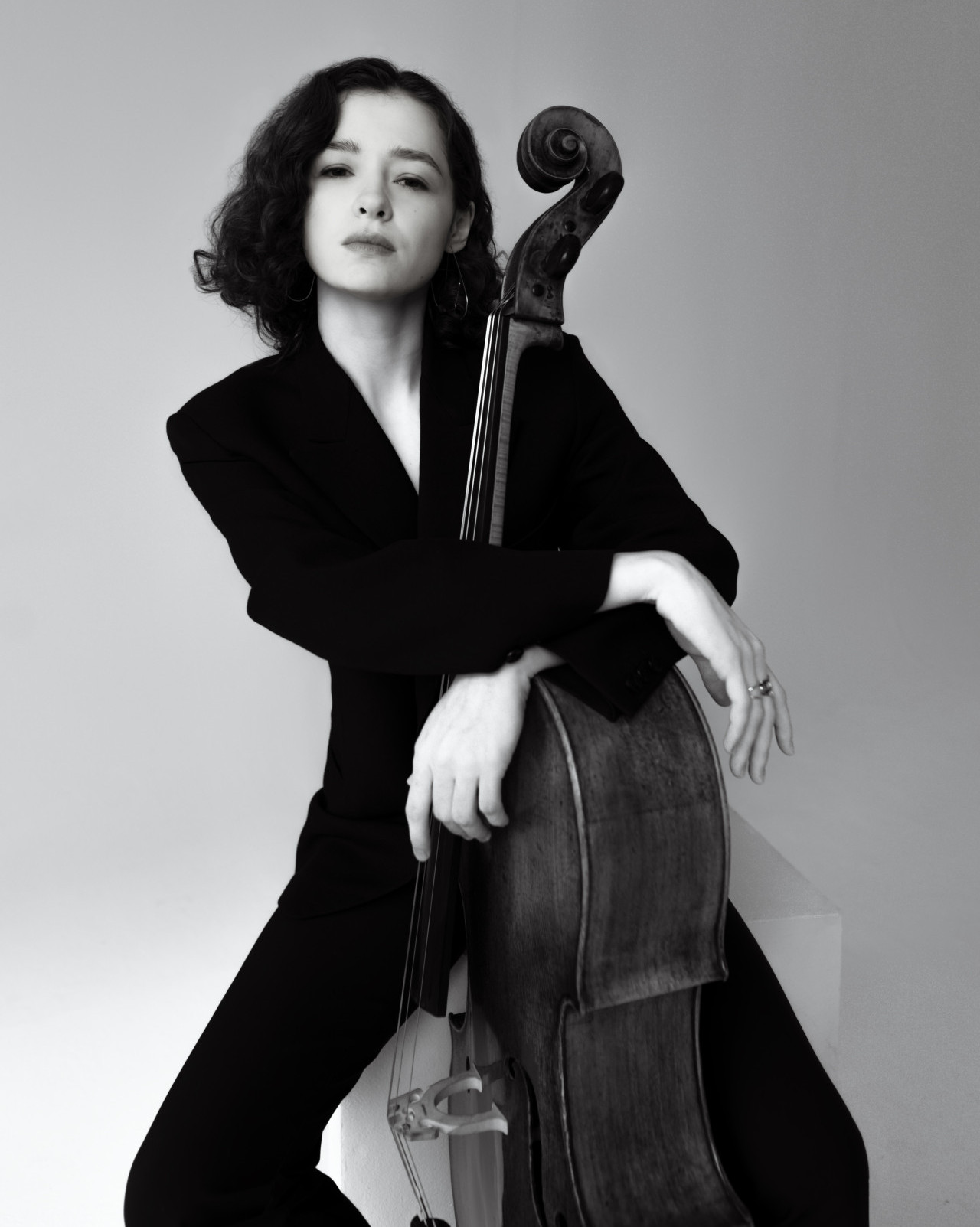The cello’s sound is big, immediate and vibrant, perfectly matching the swagger, energy and intensity in the playing. Scale and acoustic are both convincing, creating a vivid sense of presence and dimensionality, with Sony matching the quality of DGG’s generally excellent, recent discs. Like other solo cello recordings, the sheer energy involved in playing provokes audible breathing and incidental rustles and knocks. Given the gusto with which Kobekina plays, there’s somewhat more breathing and mechanical noise than other recordings, but the better the system the more easily it separates the instrumental from the human and incidental, while actually incorporating them and adding to the sense of performance. However, I do wonder if recording these sessions in January was the best choice…

Don’t get the idea that this performance is all hustle and bustle. Instead, Kobekina takes each piece as she finds it, teasing out its character and resonance. As I already said, variation is the theme here, with passages played faster or slower than you might expect, with often surprising results. There’s nothing staid or academic about her playing. This is a performance, not the technical exercise that some recordings make it seem. Let the disc run on through No.4’s final Gigue and into the Prélude to Suite No.5 and she demonstrates the power of a pause, the emotive depth that lies in the silence between notes. Switch back to those smooth, opening bars on Suite No.1 and the contrast couldn’t be greater, sumptuous on the one hand, angular and intense on the other. It’s this expressive range that makes and keeps this set so fascinating. It doesn’t have the over-arching vision of Fournier, the smooth continuity of Rostropovich or the sheer discipline of Starker, but its interest lies in its sheer variation and vitality. Kobekina’s adventurous approach, emotional intensity and articulate bowing make this arguably the most accessible and certainly the most musically engaging set of suites in my collection. These days it’s okay to get expressive, even with classical’s crown jewels. With so many great recordings in the catalogue, sometimes it’s good to be different, especially when different is this good.
- 1
- 2

